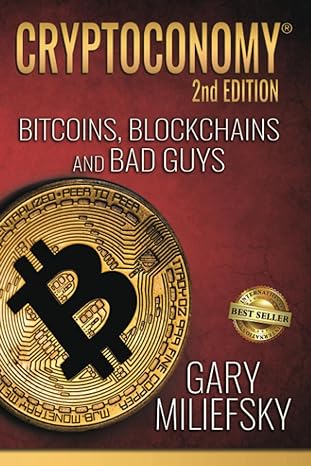Question
Q1-9. Which of the following statements are TRUE about the following stock option spreads? I. If there is no call option supply in the market.
Q1-9. Which of the following statements are TRUE about the following stock option spreads?
I. If there is no call option supply in the market. You may still be able to build a bull spread with put options. II. If you are a speculator and short on a butterfly spread, you are betting on an increase in stock price to be clustered around the strike price. III. If you are a speculator and long on a straddle, you will lose the most if the stock price is at the strike price. IV. If you are a speculator and long on a strip spread, you will gain more when the stock price goes above the strike price than when it goes below.
A. I and III only B. II and III only C. I and IV only D. II and IV only E. III and IV only
Q1-10. Which of the following statements are TRUE about the following fixed income contracts?
I. A seller in a Repo contract is the one who lends money to the buyer. II. A seller in an interest rate SWAP contract is the one who believes that the market interest rate will go up in the future. III. A seller in a CDS contract is the one who pays CDS premium. IV. A high yield in a CDO tranche is due to low embedded default risk.
A. I and II only B. II and IV only C. I and III only D. III and IV only E. None of the above
Step by Step Solution
There are 3 Steps involved in it
Step: 1

Get Instant Access to Expert-Tailored Solutions
See step-by-step solutions with expert insights and AI powered tools for academic success
Step: 2

Step: 3

Ace Your Homework with AI
Get the answers you need in no time with our AI-driven, step-by-step assistance
Get Started


